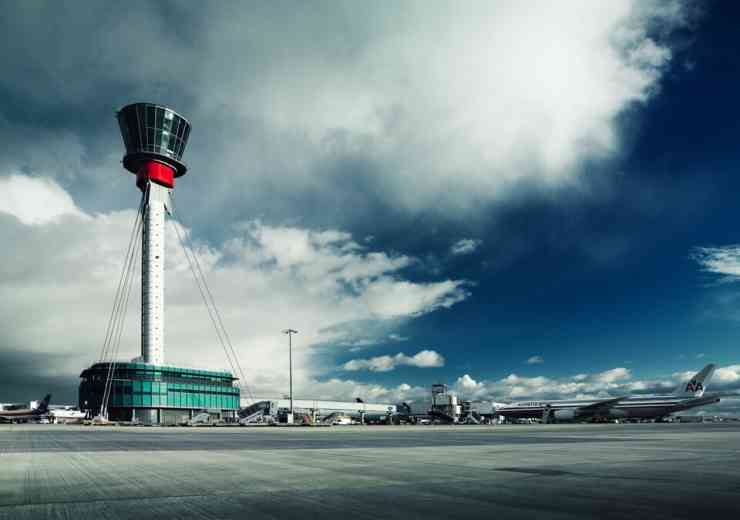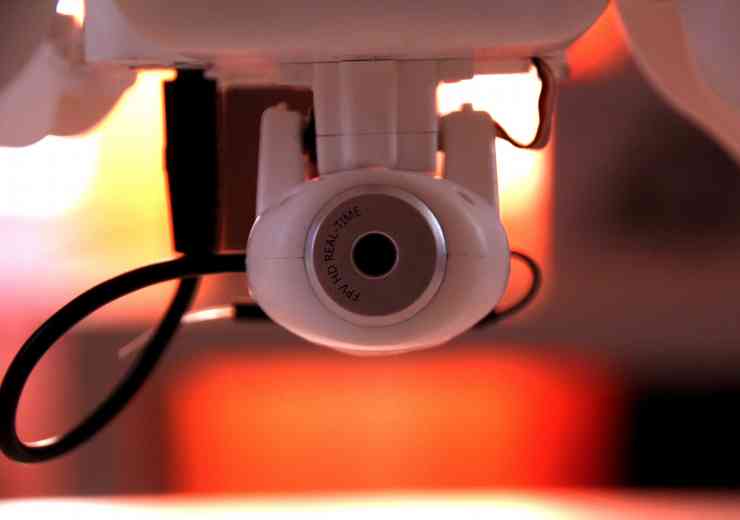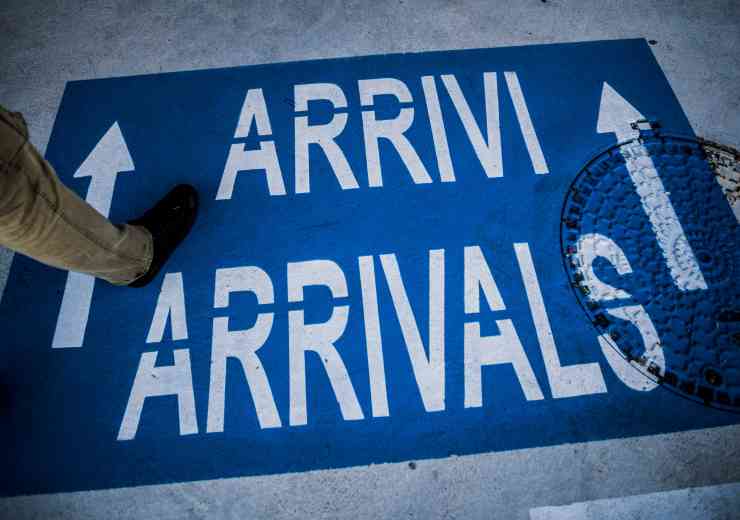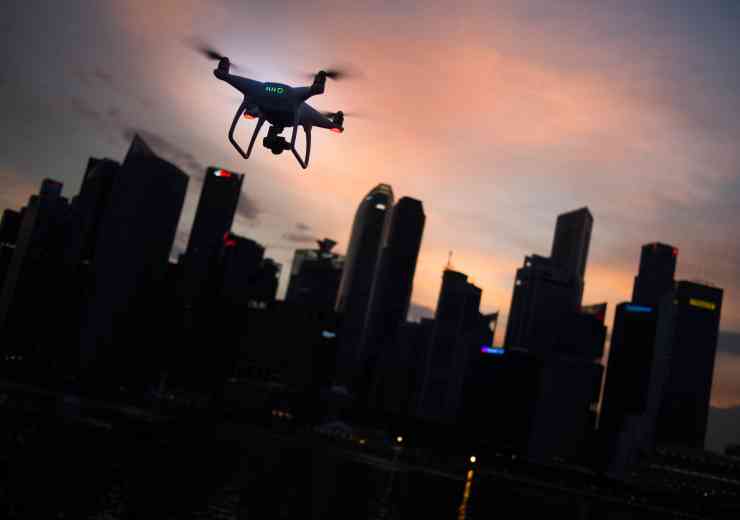
Looking up: Evolving drone threats
We are in the midst of a global turn to the drone. Following their emergence as central tools of military arsenals in the conduct of remote control warfare, 95 countries worldwide are now estimated to possess drones in active inventory. While we often think first of iconic drones such the MQ-1 Predator and MQ-9 Reaper, military drones are in fact far more varied in size, role, and capability. Comprising a vast ecosystem, military drone fleets span platforms for the use and purview of the military only, to those commercially available off-the-shelf.
Consumer drones are themselves experiencing a global embrace. Small drones are increasingly deployed and developed as tools across a growing range of roles, from inspection and infrastructure monitoring, security provision, emergency service assistance, image capture and videography, to the delivery of commercial and medical goods. In the UK alone, the number of certified commercial drone operators has leapt from around 400 five years ago, to over 5,500. This growth is echoed too in the growing number of drone hobbyists, casual users flying drones for fun or sport. Estimates place the number of consumer drones sold monthly worldwide at around 200,000. As drones have become more accessible, affordable and popular, so too have concerns grown around their potential as dangerous and disruptive deployable devices.
Drone threats
While large military drones have long sought technological advantage over adversaries and communities under their violent watch, non-state actors have taken steps to turn the tables. Here, small drones have proved effective tools; deployed, modified and built by a growing number of non-state actors and militant groups. A growing number of such groups have employed drones both to gather surveillance imagery and propaganda, and to conduct attacks. Ranging from the airborne dropping of targeted explosives to fitting drones with explosives designed to detonate when the platform is being inspected on the ground, small drones have emerged as a malleable feature of contemporary battlegrounds.
Given that, as drone scholar Arthur Holland Michel writes, drones have emerged as the ‘weapon of choice for non-state groups’, concerns mount around the potential of terrorist weaponised drone deployment in non-battlefield domestic contexts. This concern acted as a pillar for the UK Government Defence Committee’s Inquiry into the ‘Domestic Threat of Drones’. As those providing evidence to the Inquiry noted, there is notable precedent here. In August 2018 a C4-laden commercially-available drone was flown towards Venezuelan President Nicolás Maduro as he delivered a speech at a military parade. Remotely triggered in mid-air, the explosion marked what was widely reported as the first assassination attempt via consumer drone.
In mapping drone threats more fully, it’s valuable to distinguish between reckless and malicious drone use. Reckless drone flights include those by individuals not following relevant regulation. This has to date included both those flying unsafely (though without malice) - resulted in cuts, lost eyes, and concussions, as well as those seeking (tourist) imagery of high profile sites including The Colosseum, Eiffel Tower, and the White House.
Reckless flights are however increasingly accompanied by malicious ones, whereby individuals are deliberately and intentionally misusing drones in undertaking criminal activities. Here we can understand drone weaponisation as the desire to both inflict harm and cause damage and disruption more widely.
Events at Gatwick Airport in December 2018 are of course notable here. Following reports of drone sightings, the airport suffered serious disruption for over 30 hours – to 800 flights, 120,000 passengers, and at a cost of around £50 million, an event which has as yet has not resulted in a conviction. These events further acted to inspire climate-activist group Extinction Rebellion to propose launching drones near Heathrow Airport in seeking operational disruption. While Gatwick arguably remains the largest drone event at an airport, it is far from alone, with many more global airports experiencing smaller-scale operational halts prompted by drone incursions. Disruption is, however, not all that is feared at and around airports. Citing growing close-call and drone sighting figures from the UK Airprox Board, The British Airline Pilots Association (BALPA) continue to vocalise concerns around the potential risks of a drone-aircraft collision, those which it fears harness the potential to cause ‘critical damage’ to aircraft.
We also are increasingly witnessing illegal drone presence beyond our airfields. Given that drones are primarily associated with the capture of aerial imagery, we are seeing a growth of drones deployed with the aim of obtaining sensitive or personal imagery. These have spanned those targeting individuals – such as drone ‘stalking’ and flying over cash points, as well as corporations – such as flying over Apple’s campus or film sets, incursions that researchers at the ‘Remote control’ project argue demonstrate the potential for ‘corporate espionage’ via drone. Drones too have been spotted over a range of sensitive facilities, such as international embassies and naval, submarine and nuclear bases, with governments globally vocalising mounting concern around the vulnerability of critical infrastructure to both unauthorised data collection and drones equipped with harmful materials such as explosives or chemicals.
Here there also lies precedent, with operators equipping drones with a growing range of items, exploiting their carrying capacity. In seeking to convey a political message, operators have, for example, launched drones carrying flags over football stadiums, banners over political rallies, and even radioactive sand over the Prime minister of Japan’s office. In the context of organised crime, globally both prisons and borders have emerged as key sites for drones-as-carries. In the case of prisons, drones have reportedly carried items as diverse as phones, USB sticks, hacksaw blades and knives, sim cards and DVD players directly into prison windows. Criminal actors have similarly deployed drones in large-scale smuggling operations, ranging from drugs across the US-Mexico border and mobile phones between China and Hong-Kong. Drone-enabled crime is growing in scale and scope.
















